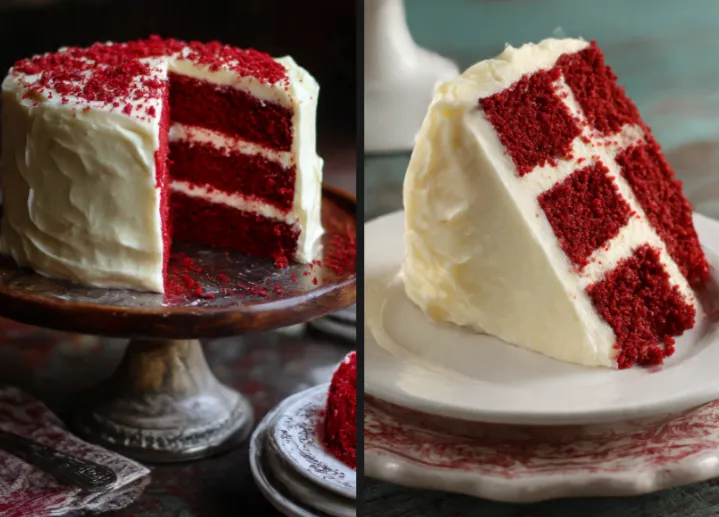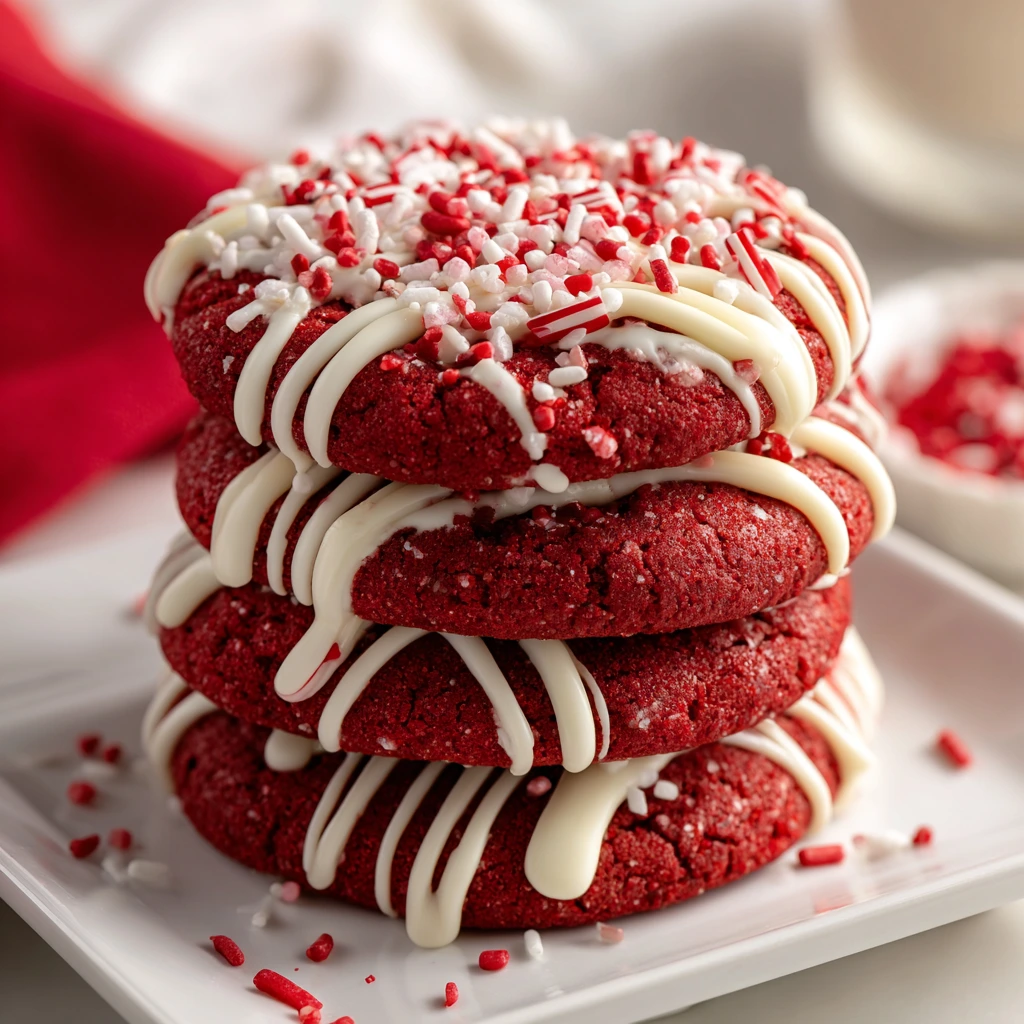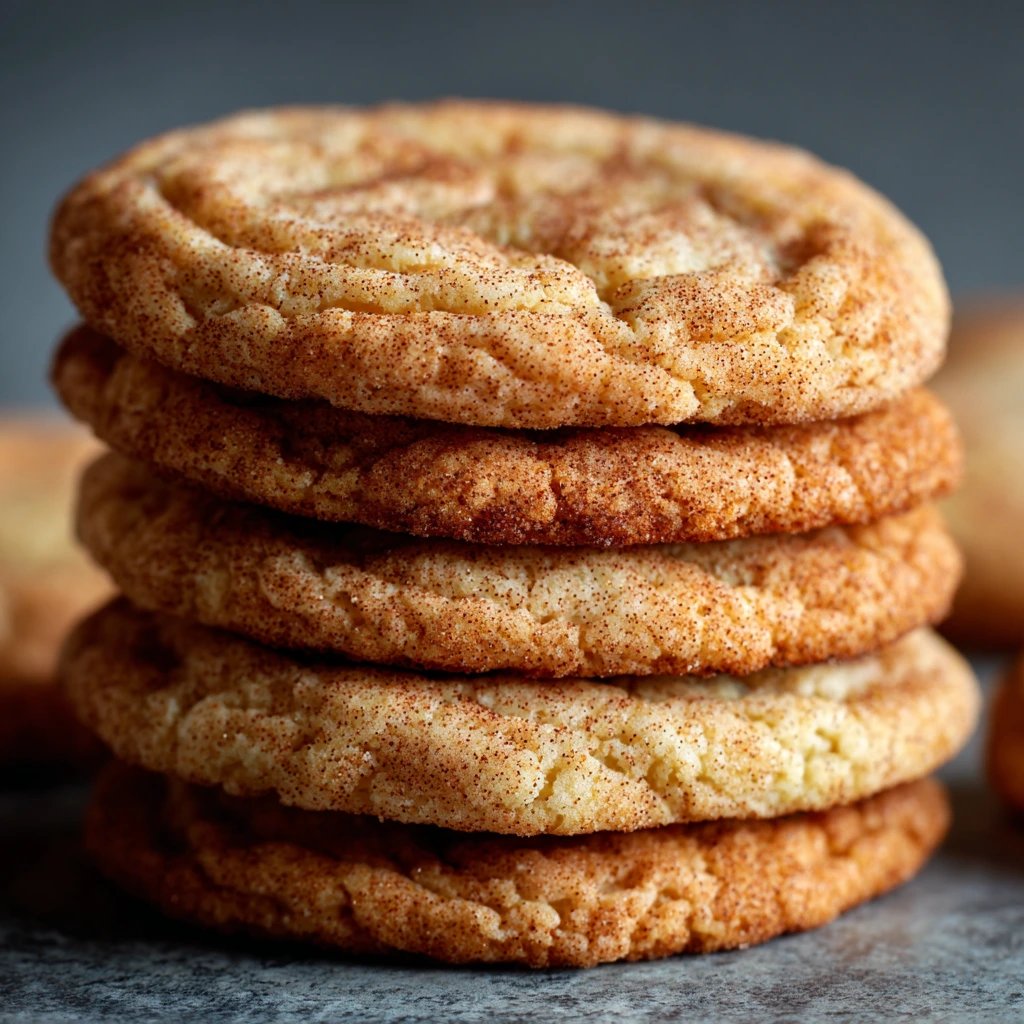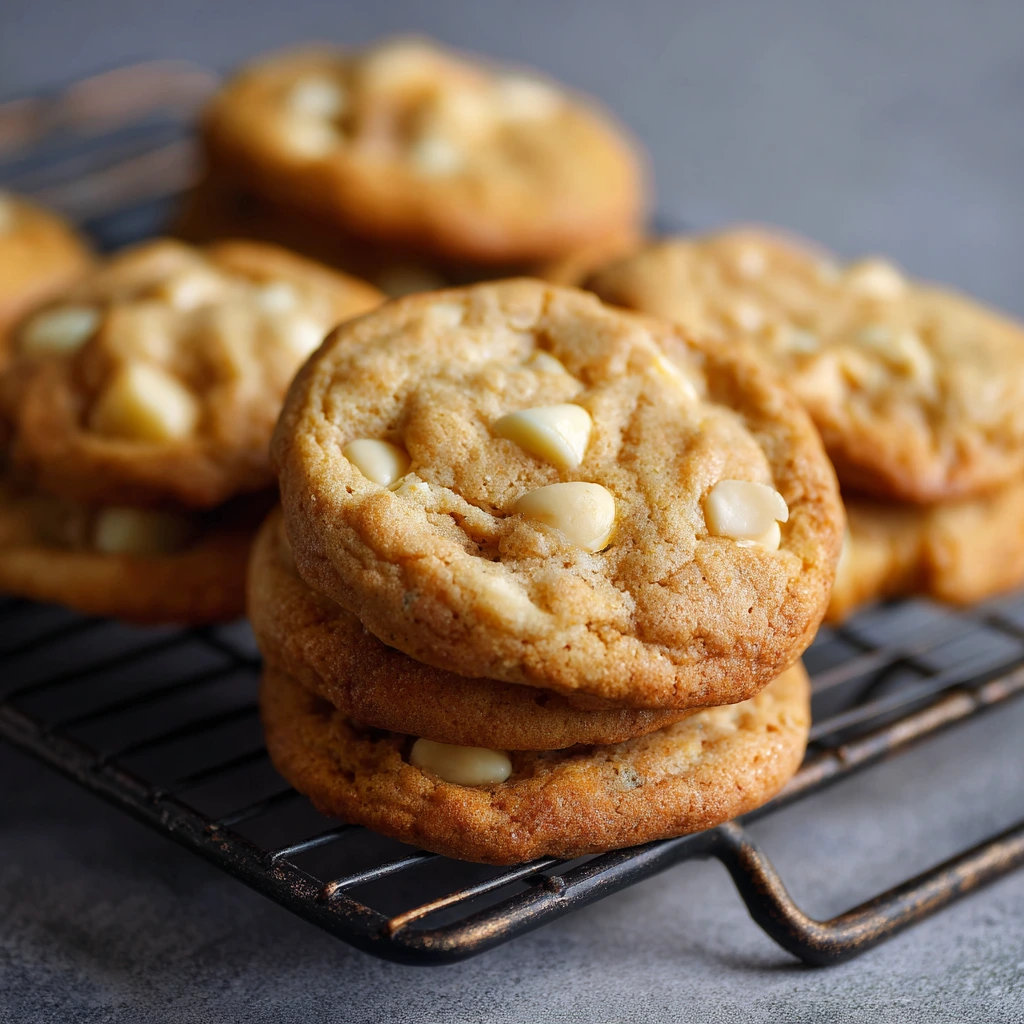Red velvet cake with cream cheese frosting is a true classic — elegant, rich, and irresistibly smooth. With its striking red hue, tender crumb, and tangy frosting, it’s a dessert that feels both luxurious and comforting. Whether served at weddings, birthdays, or holidays, this cake never fails to impress.
The Essence of Red Velvet Cake
Red velvet cake is known for its unique flavor — a subtle blend of cocoa, vanilla, and tangy buttermilk. Its signature red color and velvety texture make it stand out from other chocolate cakes. The cream cheese frosting adds a luscious tang that perfectly balances the cake’s sweetness.
Originally popularized in the American South, red velvet cake has become a symbol of celebration and indulgence. Its smooth crumb and vibrant color make it as beautiful as it is delicious.
Why Red Velvet Cake Is So Special
Red velvet cake is more than just a pretty dessert. Its flavor is complex — not overly chocolatey, but rich and slightly tangy. The buttermilk and vinegar react with the cocoa to create a soft, moist texture, while the cream cheese frosting adds a creamy, slightly tart finish.
It’s a cake that feels festive yet refined, perfect for any occasion that calls for something special.
Ingredients and Their Roles
Flour: Provides structure and softness.
Cocoa powder: Adds mild chocolate flavor and enhances the red color.
Butter and oil: Combine for richness and moisture.
Sugar: Sweetens and tenderizes the crumb.
Eggs: Bind the ingredients and add structure.
Buttermilk: Adds tang and keeps the cake moist.
Vinegar: Reacts with baking soda for lift and enhances the red hue.
Red food coloring: Creates the signature color.
Cream cheese: The base of the frosting, adding tang and creaminess.
Powdered sugar: Sweetens and smooths the frosting.
Vanilla extract: Adds warmth and depth to both cake and frosting.
Step-by-Step Recipe for Red Velvet Cake with Cream Cheese Frosting
Ingredients
For the cake:
- 250 g (2 cups) all-purpose flour
- 2 tablespoons unsweetened cocoa powder
- 1 teaspoon baking soda
- 1/2 teaspoon salt
- 115 g (1/2 cup) unsalted butter, softened
- 200 g (1 cup) granulated sugar
- 120 ml (1/2 cup) vegetable oil
- 2 large eggs
- 1 teaspoon vanilla extract
- 1 teaspoon white vinegar
- 240 ml (1 cup) buttermilk
- 2 tablespoons red food coloring
For the cream cheese frosting:
- 225 g (8 oz) cream cheese, softened
- 115 g (1/2 cup) unsalted butter, softened
- 1 teaspoon vanilla extract
- 300–350 g (2 1/2–3 cups) powdered sugar, sifted
Preparation
1. Prepare the cake batter
- Preheat the oven to 175°C (350°F). Grease and line two 8-inch (20 cm) round cake pans with parchment paper.
- In a bowl, whisk together flour, cocoa powder, baking soda, and salt.
- In a large bowl, beat the butter and sugar until light and fluffy. Add the oil and mix until smooth.
- Add the eggs one at a time, beating well after each addition. Stir in the vanilla extract.
- In a small bowl, combine buttermilk, vinegar, and red food coloring.
- Alternate adding the dry ingredients and the buttermilk mixture to the butter mixture, beginning and ending with the dry ingredients. Mix until just combined.
2. Bake the cake
- Divide the batter evenly between the prepared pans and smooth the tops.
- Bake for 25–30 minutes, or until a toothpick inserted in the center comes out clean.
- Let the cakes cool in the pans for 10 minutes, then transfer to a wire rack to cool completely.
3. Make the cream cheese frosting
- In a large bowl, beat the cream cheese and butter together until smooth and creamy.
- Add vanilla extract and gradually beat in powdered sugar until the frosting is fluffy and spreadable.
4. Assemble the cake
- Level the cooled cakes if necessary.
- Place one layer on a serving plate and spread a generous amount of frosting on top.
- Add the second layer and frost the top and sides of the cake evenly.
- For decoration, crumble a small piece of cake and sprinkle the crumbs over the top or edges.
Tips for Perfect Red Velvet Cake
- Use room-temperature ingredients: Ensures smooth mixing and even texture.
- Don’t overmix: Keeps the cake tender and prevents toughness.
- Measure flour accurately: Too much flour can make the cake dense.
- Cool completely before frosting: Prevents the frosting from melting.
- Chill before slicing: Helps the layers set and makes cleaner cuts.
Variations to Try
Red Velvet Cupcakes
Bake the batter in cupcake tins for 18–20 minutes and top with swirls of cream cheese frosting.
Chocolate Red Velvet Cake
Add an extra tablespoon of cocoa powder for a deeper chocolate flavor.
White Chocolate Frosting
Replace cream cheese frosting with white chocolate buttercream for a sweeter twist.
Heart-Shaped Red Velvet Cake
Bake in a heart-shaped pan for Valentine’s Day or anniversaries.
Red Velvet Trifle
Layer cubes of cake with frosting and berries in a glass dish for an elegant dessert.
Serving Suggestions
Red velvet cake is perfect for birthdays, holidays, or romantic occasions. Serve it with coffee, tea, or a glass of milk for a comforting treat.
For a festive touch, decorate with fresh berries, edible flowers, or chocolate curls. Its vibrant color and creamy frosting make it a stunning centerpiece for any dessert table.
Storage and Make-Ahead Tips
Store the frosted cake in the refrigerator for up to 5 days. Bring to room temperature before serving for the best texture.
The unfrosted cake layers can be wrapped tightly and frozen for up to 2 months. Thaw overnight in the refrigerator before frosting.
Nutritional Information (per slice)
- Calories: 380–420 kcal
- Fat: 22 g
- Carbohydrates: 45 g
- Protein: 4 g
- Sugar: 32 g
The History and Origin of Red Velvet Cake
Red velvet cake originated in the early 20th century, with roots in the American South. The “velvet” name referred to its soft, smooth crumb, achieved by combining cocoa, buttermilk, and vinegar. The red color was originally a natural reaction between cocoa and acidic ingredients, later enhanced with food coloring for a more dramatic effect.
The cake gained widespread popularity in the 1940s and became a symbol of Southern hospitality and celebration. Today, it remains one of the most beloved cakes worldwide.
The Texture and Flavor Profile
The perfect red velvet cake is moist, tender, and slightly tangy. The cocoa adds a hint of chocolate, while the buttermilk and vinegar create a subtle acidity that balances the sweetness. The cream cheese frosting adds richness and a creamy tang that complements the cake’s flavor beautifully.
Each bite is smooth, balanced, and indulgent — a harmony of color, texture, and taste.
Troubleshooting Common Issues
Cake too dry: Overbaking or too much flour can cause dryness. Bake just until a toothpick comes out clean.
Cake not red enough: Add more food coloring or use gel coloring for a deeper hue.
Frosting too soft: Chill briefly before spreading.
Cake sinking: Avoid opening the oven door too early and measure leavening agents accurately.
Chef’s Tips for Professional Results
- Weigh ingredients: Ensures consistent texture and flavor.
- Use gel food coloring: Produces a vibrant red without thinning the batter.
- Level the layers: For a polished, bakery-style finish.
- Frost with a crumb coat: Apply a thin layer first, chill, then add the final coat for a smooth look.
- Decorate simply: Red velvet’s beauty shines with minimal embellishment.
Pairing Ideas
- With Beverages: Pair with coffee, black tea, or champagne.
- With Desserts: Serve alongside chocolate truffles or vanilla ice cream.
- With Fruit: Fresh strawberries or raspberries enhance the cake’s flavor and color.
The Joy of Baking Red Velvet Cake
Baking a red velvet cake is a celebration in itself. The process — mixing the vivid batter, layering the soft cakes, and spreading the creamy frosting — is both creative and satisfying. The aroma of vanilla and cocoa fills the kitchen, and the finished cake is a feast for the eyes and palate.
It’s a dessert that brings people together, symbolizing love, joy, and indulgence. Whether baked for a special occasion or simply to brighten a day, red velvet cake always makes a statement.
Conclusion
Red velvet cake with cream cheese frosting is a timeless classic — elegant, flavorful, and unforgettable. With its moist crumb, subtle cocoa flavor, and tangy frosting, it captures the perfect balance of richness and lightness.
Whether served at a celebration or enjoyed as a weekend treat, this cake embodies the joy of baking and the beauty of tradition. A slice of red velvet cake is more than dessert — it’s a moment of pure delight, shared and savored with every bite.






